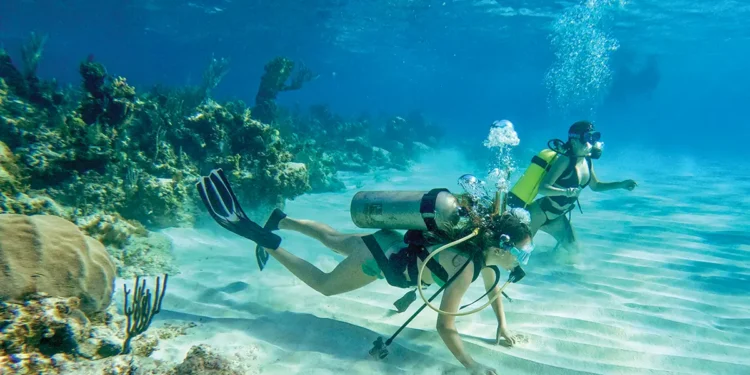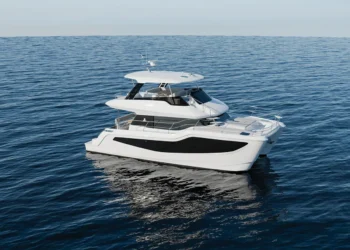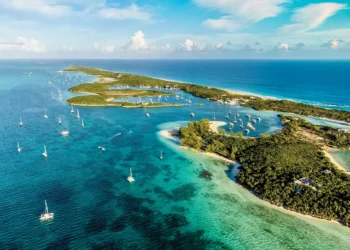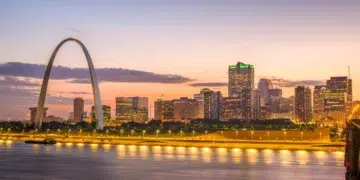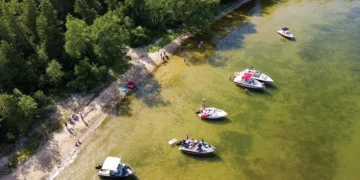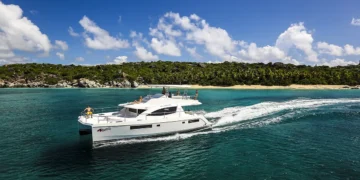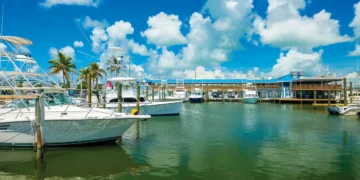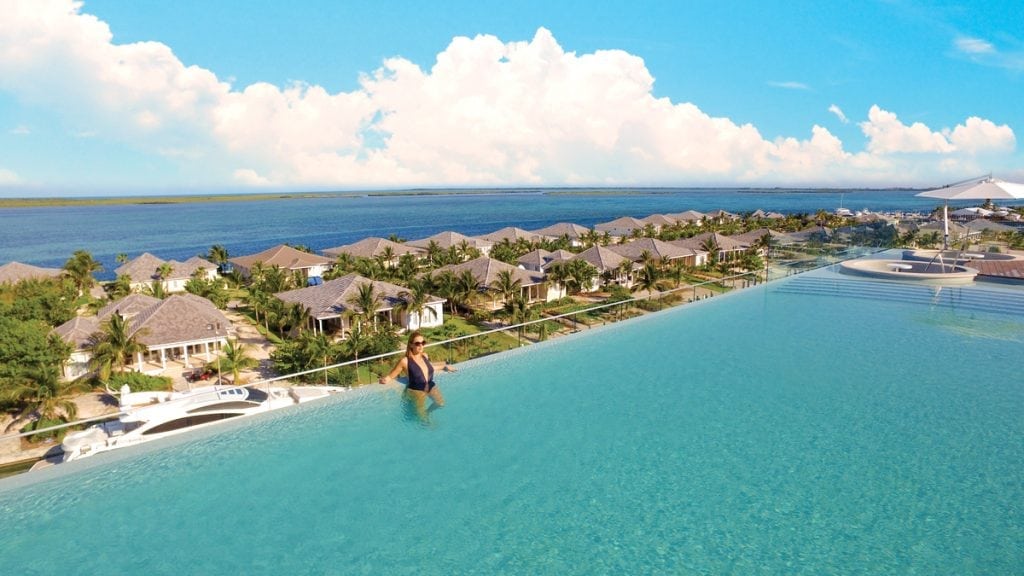Bahamian national parks offer a safe haven for our diverse ecosystems, while allowing access to public.
The Bahamas archipelago stretches from just 40-plus miles off Florida’s East Coast to within 90 miles of Cuba. This island chain is home to a remarkable collection of national parks, 32 in all, overseen and officially protected by the Bahamas National Trust. These parks encompass diverse ecosystems, including vast pine forests, expansive wetlands, coral reefs, pristine beaches, and in places underwater. Our parks play a critical role in safeguarding the country’s natural heritage while supporting its rich biodiversity, including species not found elsewhere in the world.
Established in 1958, the first protected marine environment, globally known today as the Exuma Cays Land and Sea Park, spans more than 176 square miles and encompasses more than 100,000 acres of ocean. In 1986, it was established as a strict “no-take zone.” There are a few specialized eco-tourism organizations making the park accessible to the public. Fast-boat charters run from Nassau or nearby Staniel Cay and as far away as Georgetown in the southernmost part of the island chain. Based in Nassau, a very popular seaplane charter service can arrive at the park headquarters located on Warderick Wells Cay in about 30 minutes.
Also Read
A Quick Preview Inside the Aquila 46 Yacht: Beam, Layouts, And More
Aquila 46 Yacht Quick Facts Model: Aquila 46 Yacht (new for 2025)Design DNA: “Explorer” aesthetic from the Aquila 50 YachtCertification:...
The crystal-clear waters are home to vibrant coral reefs boasting abundant marine life, including sharks, sea turtles, groupers, and rays. Visitors can explore the park through snorkeling, SCUBA diving, and kayaking, experiencing the unparalleled beauty above and below the water. The Bahamas is famous for its pristine ocean. With no rivers in the country flowing into the sea, waters are spectacular in clarity. Eco-tourism exploring the many dive sites within the country is a must!
The Lucayan National Park, located on Grand Bahama Island, is famous for its extensive underwater cave system, one of the longest in the world. The park also features diverse habitats, including mangroves, pine forests, and beaches—often called some of the most beautiful in the Bahamas. Visitors can explore nature trails, kayak through mangroves, and marvel at the intricate caves while learning about their ecological and historical significance. The Lucayan Cavern system is more than 34,000 feet long. Underwater exploration is only advised by the extremely well-qualified divers under strict supervision. Freeport, the country’s second city, offers bountiful accommodation with access by many commercial air carriers.
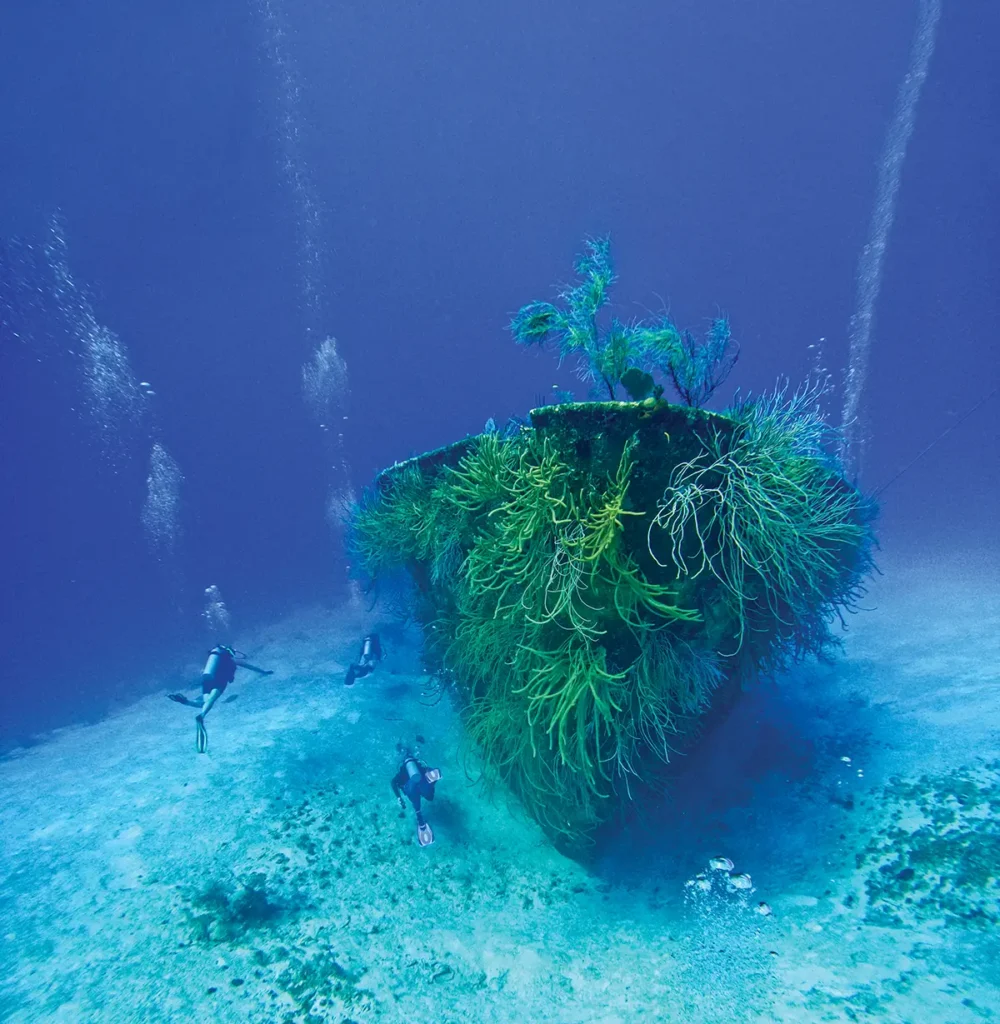
Subscribe Here For More Boating Content
Andros West Side National Park is one of the largest protected areas in the Bahamas, covering more than 3,000 square miles. From above, the landscape is unique in its appearance from most other islands. Vast swaths of milky-white freshwater lie alongside green ponds of saltwater. Flamingo Cay is easily accessible by seaplane, offering first-class accommodation in the neighboring wetlands, serving as nurseries for marine life.
Over on its east side is the world’s third-largest barrier reef, skirting a deep body of water known as The Tongue of the Ocean. The eastern shoreline finds several small eco-friendly resorts. Andros Island is host to the endangered West Indian Flamingo and the Andros Rock Iguana.
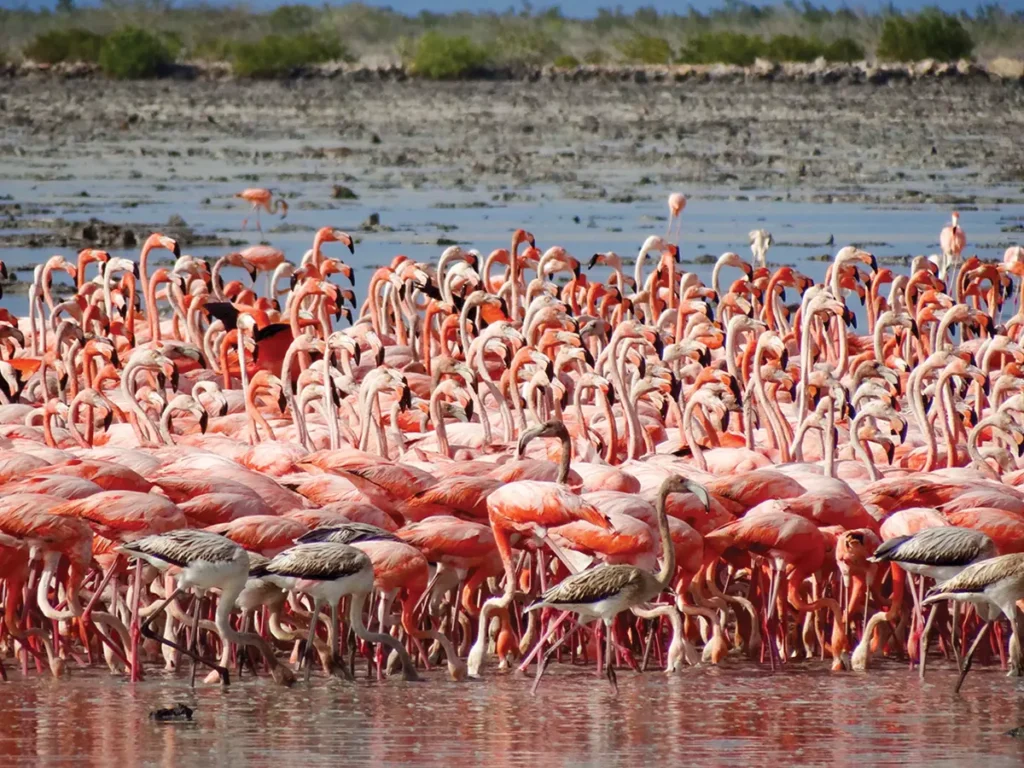
Eleuthera is more than 100 miles in length, offering fabulous eco-tourism adventures to those staying in boutique hotels or guest houses. Fabulous accessible caves are found here including Preachers Cave in the north and Cathedral Caves about midway down the island next to the Queens Highway. Small boat tours from Spanish Wells or Harbour Island allow guests to wade or snorkel in the shallows with friendly turtles. Stunning natural vistas are abundant throughout Eleuthera; fabulous cliffs adorn some of the Atlantic coastline, and pristine beaches such as Twin Cove whet the appetite of any eco-tourism visitor and avid photographer.
Abaco Island is home to Abaco National Park, located on the southern tip of the island and covering more than 20,000 acres. The park was established in 1994, preserving a critical habitat for the endangered Bahama parrot. Vast pine forests and coppice give shelter to a plethora of bird species, and wetlands give home to many waterfowl. Eco-tourism guests would enjoy a stay in settlements such as Sandy Point, which is accessible by local air charter companies or seaplane service. Alternatively, hiking south of Marsh Harbour finds long trails through the pine forest to find elusive blue holes for a cool swim or picnic lunch while sitting on the circular rim just out of the tree line. Some famous caving is also found here within these woods. Many caves were discovered and mapped by cave-diver Brian Kakuk.
Also Read:
Increased Cruising Permit Fees – Bahamas’ New Rules Take Effect July 1
Updated July 31, 2025. If the Bahamas is on your cruising itinerary, pay attention: Starting July 1, 2025,...
Established in 1965, Inagua National Park, situated on Great Inagua Island in the southern Bahamas, encompasses more than 180,000 acres. The park is home to the largest breeding colony of West Indian Flamingos, some 60,000 birds—one of the largest flamingo populations in the Western Hemisphere. The creation of the Bahamas National Trust with its management has contributed to their thriving safely over decades. Well over 140 other bird species are found within this area, including pelicans, herons, Bahama parrots, and many exotic water birds. Bird watching here is an eco-tourism attraction for those willing to venture that far. The flamingo population is guarded closely by wardens, allowing rare access to photograph these colonies. Inagua’s salt flats and wetlands provide critical feeding and nesting habitats, making it a key area for avian conservation.
All Bahamian national parks offer a safe haven for our diverse ecosystems, while allowing access to visitors from all over the world and playing a vital role in the protection of the island’s unique flora, fauna, and wildlife.
-by Capt. Paul Harding
Bahamas National Parks Gallery
Photo Credits: Paul Harding / Photo Credits (Flamingos): Melissa Maura


